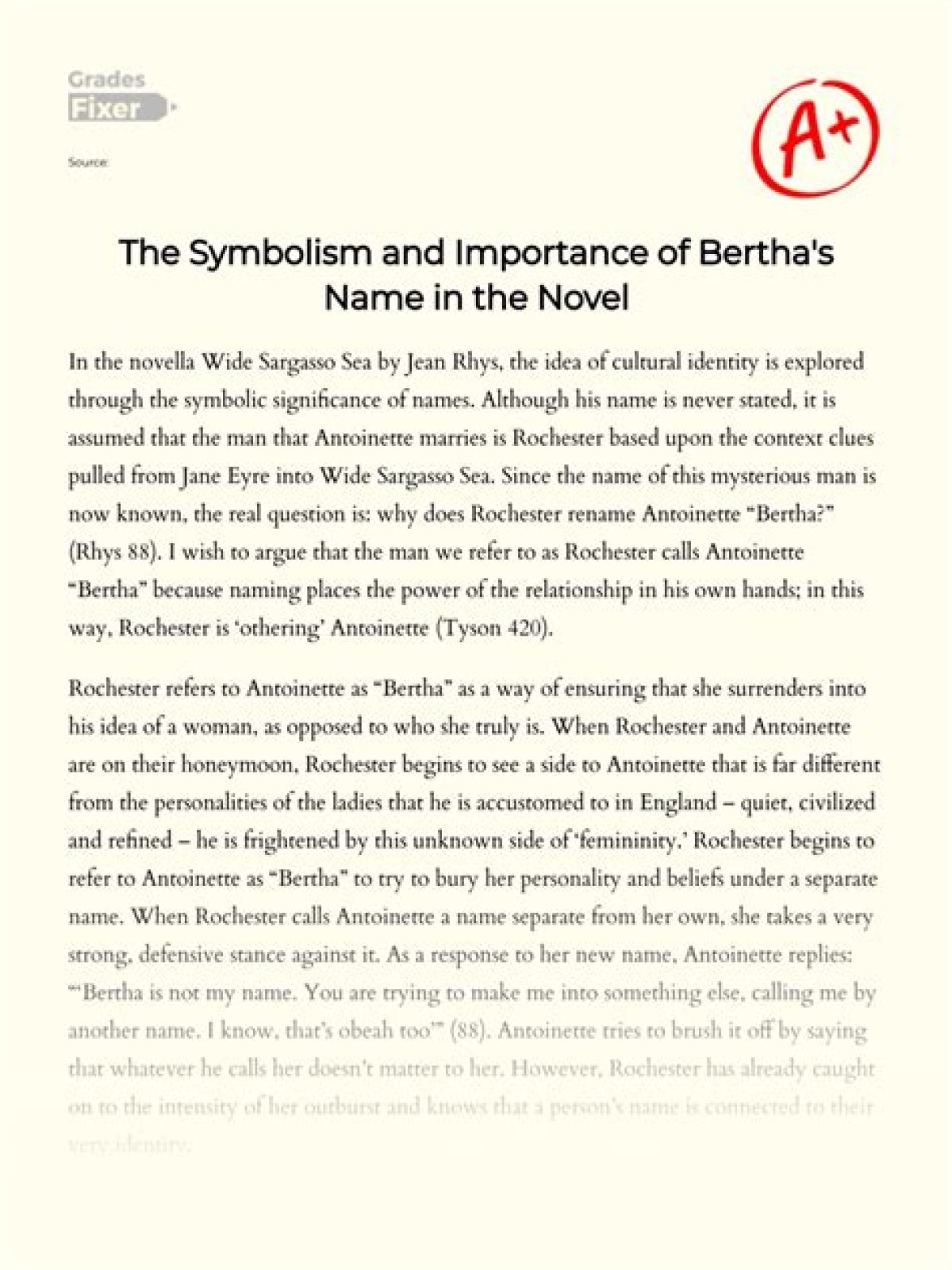Just so, how is Bertha described in Jane Eyre?
Bertha Mason (full name Bertha Antoinetta Mason) is a fictional character in Charlotte Brontë's 1847 novel Jane Eyre. She is described as the violently insane first wife of Edward Rochester, who moved her to Thornfield Hall and locked her in a room on the third floor.
Also Know, what does Bertha symbolize? Bertha is a symbol for many cultures exploited and repressed by the British Empire. Brontë writing Bertha as the “mad woman” represents the fear that the English had if miscegenation was to occur between the British and “other” cultures.
Similarly one may ask, what mental illness did Bertha Mason have?
Bertha Mason had a familial, progressive, primarily psychiatric disease with violent movements that culminated in premature death. Other diagnoses to consider include Huntington disease-like illnesses.
What crime does Bertha represent in Jane Eyre?
She also suffers from congenital insanity (read: madness runs in her family). Rochester claims that she was drunken and promiscuous and that her excesses brought on her madness when she was young, but he's not exactly an objective witness.
